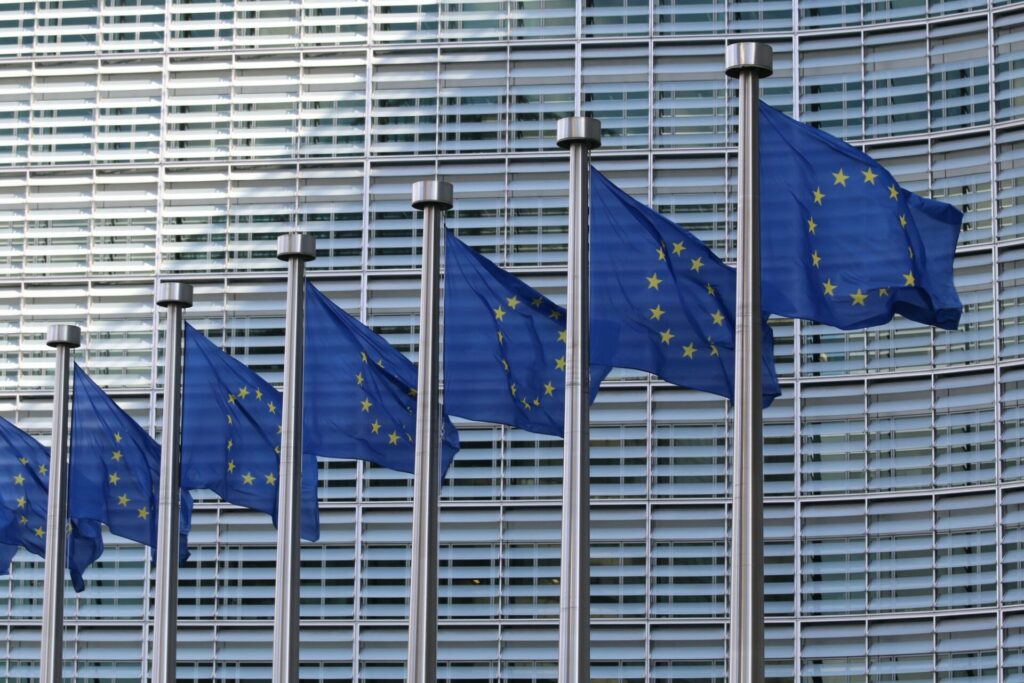
A pivotal moment is occurring in the world of finance. The European Banking Authority (EBA), in collaboration with the European Systemic Risk Board (ESRB) and the Financial Stability Board (FSB), has decided to investigate the connections between traditional banks and financial institutions operating outside of banking. This marks the beginning of a new era of supervision over the cryptocurrency sector and its ties with traditional banks.
As revealed by EBA Chairman José Manuel Campa in an interview with Financial Times, the goal of this action is to understand the risks and potential consequences of connections between the banking sector and the non-banking sector in crisis scenarios.
EBA is focusing on examining banks’ exposure to the cryptocurrency sector, encompassing hedge funds, cryptocurrency platforms, and private equity. This study will delve into the mysterious world of financial institutions operating outside of banking, which Campa describes as a “shadow sector,” characterized by diversity and often “heterogeneous” data quality.
The European Union has adopted a cautious, neutral stance towards cryptocurrency regulation. The latest actions are part of a broader regulatory plan. Although full implementation of the Markets in Crypto-Assets Regulation (MiCA) is not expected before 2026, the EU is not relenting in its regulatory efforts.
This includes examining banks’ exposure to digital currencies and introducing strict measures against unverified cryptocurrency users. In July last year, European lawmakers introduced significant restrictions, setting a transaction limit of 1000 euros for unverified cryptocurrency users and 7000 euros for cash payments in the same category.
These measures were part of a broader plan of changes in regulations against money laundering (AML) across the EU. French lawmaker, Damien Carême, chairing the AML negotiations, emphasized that these regulations aim to combat money laundering and do not directly prohibit cryptocurrency transactions, noting: “We are not banning cryptocurrency transactions. It’s just about when identification is not possible.”
At the same time, EBA is actively preparing to adopt MiCA regulations. The office advised stablecoin issuers to prepare for compliance with MiCA to avoid sudden business adjustments in the future.
EBA’s rules require full disclosure of the rights and risks associated with holding tokens, equal treatment of all holders, and robust reserves, recovery procedures, and redemption.
The Association for Financial Markets in Europe (AFME), a key trade body in Europe, strongly recommends including Decentralized Finance (DeFi) in the MiCA regulatory framework.
AFME emphasizes that omitting DeFi could lead to regulatory arbitrage, weakening the effectiveness of upcoming regulatory measures.
The initiative of the EBA, ESRB, and FSB heralds a new era of supervision over cryptocurrencies and their connections with the traditional financial sector. Understanding these connections and regulating them appropriately will be crucial for financial stability, both in the European Union and globally.
Photo by Guillaume Périgois on Unsplash
